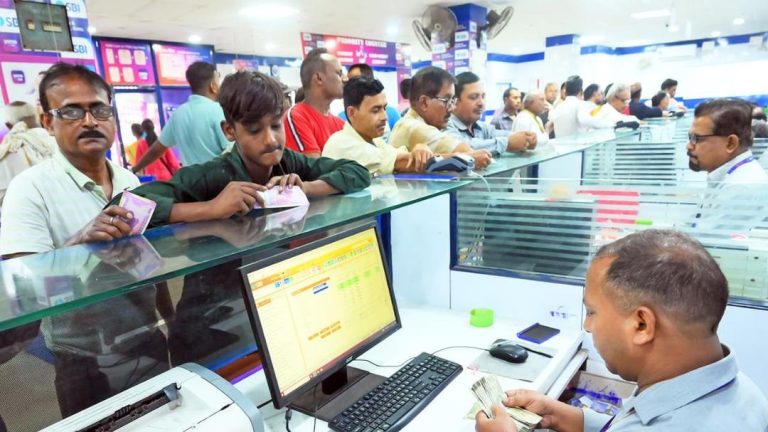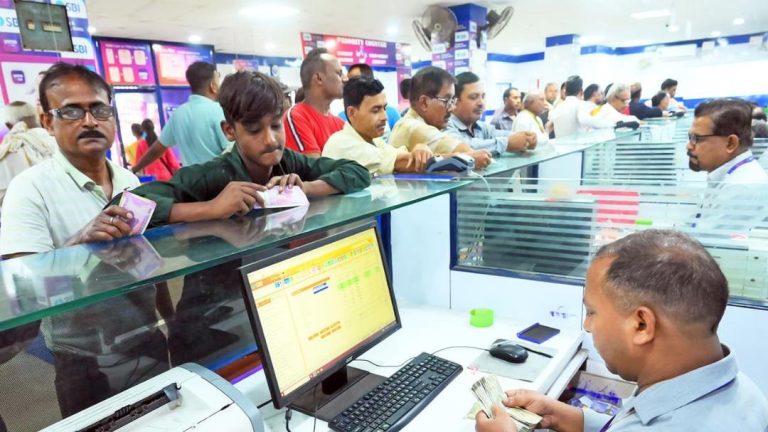
Issue is Infrastructure, Not Content: Aamir on Limited Crowd Reach
In a recent candid interview, Bollywood superstar Aamir Khan shed light on a pressing issue that has long been plaguing the Indian film industry. Speaking on the limited audience reach of Indian cinema, Aamir stated that even the most successful films only manage to attract a mere fraction of India’s total population. According to him, the most successful films in India typically attract between 3 to 3.5 crore people to theatres, which is a tiny percentage of the country’s vast population.
Aamir’s comments have sparked a much-needed discussion on the state of cinema infrastructure in India. The lack of cinemas, particularly in rural areas, is a significant hindrance to the growth of the film industry. Many districts in India do not have a single theatre, making it impossible for people to access the latest films and entertainment.
The issue is not limited to the availability of screens, but also the poor condition of existing cinemas. Many theatres in India are in dire need of renovation and upgrading, with inadequate seating, poor sound systems, and outdated projection technology. These subpar conditions not only affect the viewing experience but also drive away audiences, further exacerbating the problem.
Aamir’s statement is not just a reflection of his personal experience, but also a reality that many in the industry have been trying to address for years. The fact that even blockbusters struggle to reach a significant portion of the population highlights the need for a comprehensive overhaul of the cinema infrastructure.
The lack of cinemas and poor condition of existing ones is not just a problem faced by rural areas. Even urban centers often lack modern and comfortable cinemas, making it difficult for people to enjoy a good movie experience. This is particularly disheartening, given the growing demand for entertainment in India.
India is one of the fastest-growing film industries in the world, with hundreds of films being released every year. However, despite this growth, the industry still faces significant challenges in terms of distribution and exhibition. The lack of cinemas and poor infrastructure hinder the ability of films to reach a wider audience, limiting their commercial success and potential impact.
Moreover, the limited reach of Indian cinema also has far-reaching implications for the industry’s creative output. When films are unable to reach a wider audience, it can be challenging for filmmakers to experiment with new genres, themes, and ideas. The lack of a broader audience also makes it difficult for films to generate sufficient revenue, making it hard for filmmakers to sustain themselves and continue producing quality content.
In recent years, there have been some initiatives to address the issue of cinema infrastructure in India. The government has launched schemes to build new cinemas and renovate existing ones, particularly in rural areas. Additionally, private companies and film producers have also been investing in building new cinemas and upgrading existing ones.
However, despite these efforts, there is still much work to be done. The issue of cinema infrastructure is complex and requires a sustained effort to address it. It is not just a matter of building new cinemas, but also providing adequate funding, support, and resources to ensure that existing cinemas can operate effectively.
Aamir’s comments have sparked a much-needed conversation about the state of cinema infrastructure in India. It is an issue that requires immediate attention and action. The government, private companies, and the film industry as a whole must work together to address this problem and provide access to quality cinema to a wider audience.
In conclusion, Aamir’s statement that “the most successful films…attract only around 3 to 3.5 crore people to theatres. That’s a mere fraction…of India’s total population” highlights the pressing need for a comprehensive overhaul of the cinema infrastructure in India. The issue is not just about content, but also about providing access to quality cinema and entertainment to a wider audience. It is an issue that requires immediate attention and action, and it is only by working together that we can address it and take Indian cinema to new heights.




